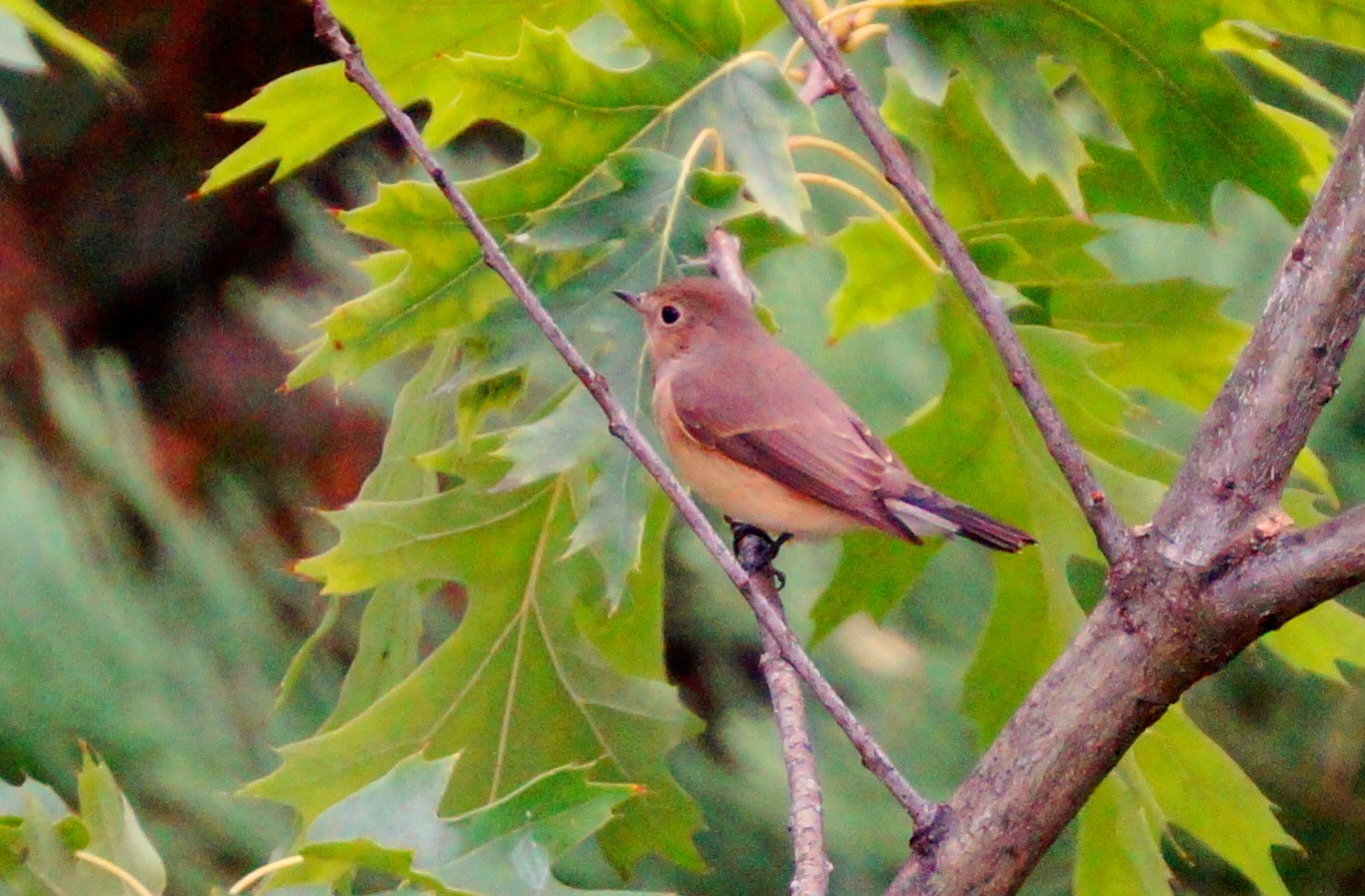Red-breasted Flycatcher
A species of Ficedula Flycatchers Scientific name : Ficedula parva Genus : Ficedula Flycatchers
Red-breasted Flycatcher, A species of Ficedula Flycatchers
Botanical name: Ficedula parva
Genus: Ficedula Flycatchers
Content
Description General Info
 Photo By Georgi.petrov66 , used under CC-BY-SA-4.0 /Cropped and compressed from original
Photo By Georgi.petrov66 , used under CC-BY-SA-4.0 /Cropped and compressed from original Description
The red-breasted flycatcher (Ficedula parva) is a small passerine bird in the Old World flycatcher family. It breeds in eastern Europe and across Central Asia and is migratory, wintering in south Asia. It is a regular passage migrant in western Europe, whereas the collared flycatcher which breeds further east is rare. This is because of the different migration direction. The Asian species Ficedula albicilla, previously considered a subspecies of the red-breasted flycatcher, has the red throat surrounded by grey and a different song. It is usually now separated as the taiga flycatcher (Pallas, 1811). The breeding male of this small 11–12 cm long flycatcher is mainly brown above and white below, with a grey head and orange throat. The bill is black and has the broad but pointed shape typical of aerial insectivores. As well as taking insects in flight, this species hunts caterpillars amongst the oak foliage, and will take berries. The base of the outertail feather is white and the tail is often flicked upwards as they perch looking out for insect prey which are caught on the wing or sometimes from the ground. In winter they are mostly silent but have a typical chip-chip-chr-rrr flycatcher call. In their breeding season, the song consists of melodious whistles, like that of the European pied flycatcher. Non-breeding males, females and juveniles have brown heads and lack the throat collar, but are easily distinguished from other Ficedula flycatchers on size and the wheatear-like tail pattern, with an inverted dark T against the white tail sides. They are found mainly deciduous woodlands, especially near water. They build an open nest in a tree hole or similar recess. 4–7 eggs are laid. Studies on their spring arrivals to the breeding quarters in Poland from 1973–2002 show that males are returning earlier with increasing temperatures. The genus name is from Latin and refers to a small fig-eating bird (ficus, "fig") supposed to change into the blackcap in winter. The specific parva is Latin for "small". 
Size
12 cm (4.75 in)
Colors
Bronze
Gray
White
Orange
Nest Placement
Cavity
Feeding Habits
Red-breasted Flycatcher primarily consumes insects, capturing them in mid-air or hunting among foliage, with a preference for caterpillars and occasionally berries.
Habitat
Red-breasted Flycatcher inhabits mixed deciduous forests rich with beech and oak, and in northern areas, spruce forests. These environments have tall trees, dense undergrowth, sparse bushes, with light canopies, often including glades, clearings, and are usually near water. They can also adapt to orchards, vineyards, and urban gardens. Their habitats range from lowland to mountainous terrains at elevations up to 2350 meters, and during migration, they occupy diverse landscapes including groves and forest edges.
Dite type
Insectivorous
General Info
Feeding Habits
Bird food type
Sounds
Call
Recording location: India
Call
Recording location: India
Species Status
Not globally threatened.
Scientific Classification
Phylum
Chordates Class
Birds Order
Perching birds Family
Old world flycatchers Genus
Ficedula Flycatchers Species
Red-breasted Flycatcher